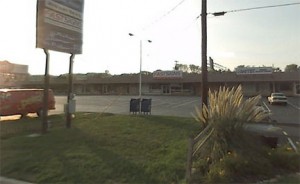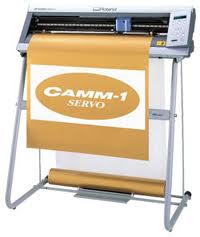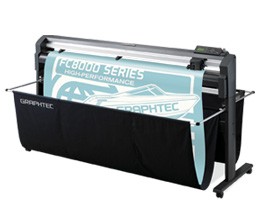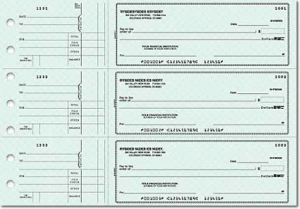The most common type of sign shop will be the retail stand alone location. There will be several of these in almost every town and most people know where at least one or more of them are. This brings me to the first advantage of a retail location, visibility. Increased visibility can bring in thousands of dollars in business to your shop without you having to pay extra for it. In other words, your location will bring you business and that is worth real dollars in revenue and advertising savings. Look at it this way. If you pay $1000 per month for a nice location and that location brings you extra business in the amount of say $2000 per month then the location has paid the rent for you. Now there are other expenses that we will cover later on but this is the general idea. You can open up in a good location and have customers the first day. If you opened in your home you may have to wait a week or so to get the first call. It is also more professional to have your own location provided it is nice. Also, if you wanted to sell your sign shop it would be easier if were at a retail location.

Now for the bad news. Retail locations can be incredibly expensive. Your breakeven point will go up considerably as will your chances of going out of business. Unlike a home shop you will have a separate bill for everything. A bill for power, water, sewer, rent, insurance, phone and internet. The bottom line is that you have to make sure you pick a location that will make paying for these things worth it.
Choosing a location is very important and takes time and research. It is possible to rent a location and receive no visibility benefit from it. If you rent off the beaten path this will be the case. Once you establish yourself in a retail location you do not want to have to move. It is a lot of work and you lose a connection with your customers until they get used to your new location.
More bad news. A retail location is a lot like going to a regular job everyday. You don’t really set your own hours and you lose a great deal of freedom. Also, walk in customers are great but they also break up projects that you may be working on. If you are by yourself and have a lot of walk in traffic you may not have time to make a sign. If you have kids in school you will have to find a place for them to stay until you get home. As your sales increase so will your work day. Hiring employees will solve some of these problems but employees are an expense that must be covered with increased sales. All of these factors will affect you especially in the beginning.
Now some good news. A retail location has more room for expansion and if you are planning to take your sign business as far as you can go with it a commercial location is most likely the best choice for you. Your sales will almost always be higher than a home based shop and as people become familiar with your location you can cut almost all advertising. If you have trusted employees you will get a lot of your time back.
Here is some research that you should do before making a decision about your location –
1. Check traffic counts on different streets around your area. High traffic counts are good to a point and low traffic counts are bad. You want people to see you.
2. Check ingress and egress. This is a fancy way of saying getting in and out of a location. If people have a problem getting in and out they will tend to avoid your location. Think of where you like to buy gas. You most likely buy there because of price and ease of access.
3. Check visibility from the Road. People have to be able to clearly see you. A location that allows you to have signage is a big advantage.
4. Check for parking. Once people get to your shop they have to be able to park. This may seem trivial but if they cannot park they have to leave and come back later.
5. Check out the actual building. Is the building modern and nice. Is it secure and dry. Is there room for expansion. Does it have facilities.
6. Check out the neighborhood. Is the surrounding area upper class, middle class or otherwise. Will you be safe working at night there. Are the people who pass by likely to need signs. If the area in a state of decline or is it improving. Are there any pending projects that may affect you.
Some people start out at home and then expand to a retail location and some do the opposite. As your sign shop evolves you will know which way you want to go. The nice thing about the sign business is that because of the different directions you can take it you will in the end have the type of shop that you are most comfortable with and fits you and your lifestyle.


 In looking for the correct
In looking for the correct 

